Photographers have long partnered camera bodies with lenses developed for other systems, although in the past few years the concept has crossed much further into the mainstream than before.
Much of this is down to the influx of modern mirrorless systems, which suddenly made it possible to create many new and intriguing – if sometimes incongruous – camera and lens combinations. New systems continue to be introduced, and with them, further adapters to broaden pairing possibilities.
While photographers have found success in mounting vintage lenses on to bodies from a variety of camera lines, the Micro Four Thirds format deserves special credit here. The relatively short flange-to-back distance (i.e. the distance from the sensor to the lens mount) of the first mirrorless system models has meant that many older lenses with a variety of fittings could simply be mounted with what is essentially a simple extension tube.
The first thing anyone keen on getting started with using vintage lenses should check is whether the lens they wish to use will mount their body. That typically means finding a suitable adapter, and a quick online search should reveal whether this exists. Specialists such as Novoflex and SRB Photographic cover many of the most popular combinations, and adapters that don’t require any glass will often be priced at around £20-30. Of course, the more exotic the combination, the more you should be prepared to pay.
Many photographers also find such adapters online at eBay, Amazon or Facebook Marketplace, and these are also good places to locate older lenses. While many interesting lenses can be found for as little as £5 or £10, they are naturally likely to be in a less-than- ideal condition, so it’s worth asking questions and examining as many images as possible if it’s not possible to physically assess the lens.
The benefits of such camera-lens partnerships are manifold. Perhaps you have some existing glass or you’ve spotted a cheap lens you’d like to make use of because it differs in some interesting way from a more modern optic. But for many, it’s less about resourcefulness and more to do with aesthetics. Older lenses often have a character that’s absent from modern optics, which opens you up to achieving a style of your own. And it’s arguably this more than anything else that unites the five photographers below.
Ethan Bates
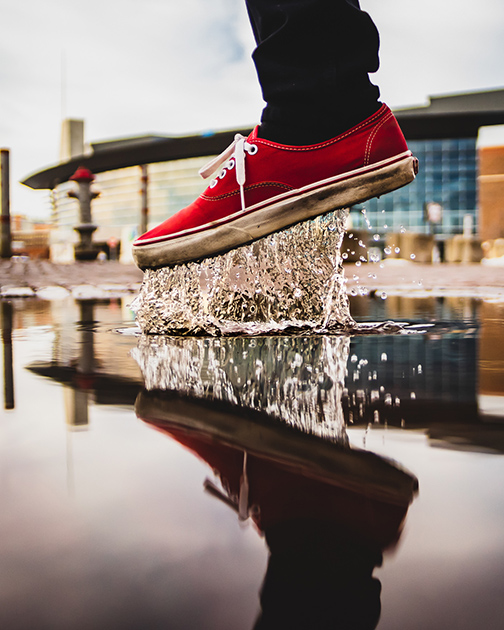
An unusual perspective and expert timing. Sony A7, Vivitar 28mm f/2.8, 1/4000sec, ISO 2000. Credit: Ethan Bates
‘I first picked up a camera three years ago: a Nikon Coolpix L840 point-and-shoot. I had no desire to get into photography at the time, but I loved travelling and wanted to take pictures of all the places I’d been to. I then bought a Sony A6000 and shot with the kit lens for three weeks before I realised I could get an adapter that allowed me to use old lenses. I got my first vintage lenses and haven’t looked back since.
‘My mentality is that to master your trade you have to master your tool – so how can I be the master of my tool if the camera is doing all the work for me? I really believe in the power of learning on vintage glass. For one thing, you’re in full control and you’re not just pressing buttons.
‘You can get any lens and take amazing pictures, because they all have their characteristics – but you have to have a good body. For example, I know several people who shoot with Canon cameras that don’t have the focus magnification option. A couple of local guys I know sold their full-frame Canons to get a Sony A6000, and now they’re in love with it because they have this option, as well as focus peaking.
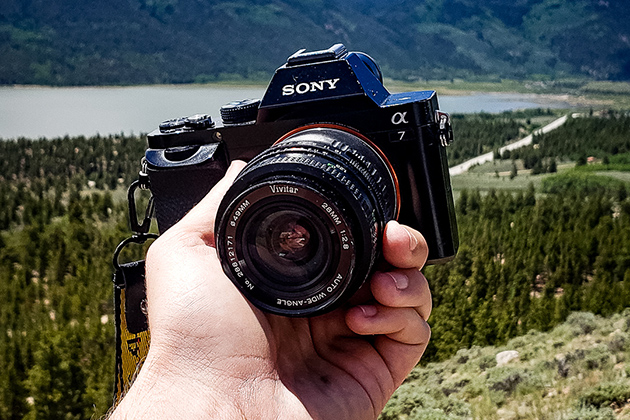
The Vivitar 28mm f/2.8 mounted on Ethan’s Sony A7. Credit: Ethan Bates
‘I shoot a lot of portraits and landscapes, but I get bored doing the same thing over and over. I use macro lenses a lot and my entire [lens] kit is vintage. I use the A6000 and an A7, and I have at any given time four or five lenses, including the Vivitar 28mm f/2.8 MC, Vivitar Series 1 70-210mm f/3.5 and Olympus Zuiko 50mm f/1.4 and 85mm f/2 lenses. I like to stick with Zuiko lenses because they all need the same adapter. I actually have two Zuiko adapters, just so I can swap the whole thing, which is good for speed when shooting portraits and moving around.
‘The only issue I have had with vintage glass so far is with a Helios 44-2 lens. It doesn’t like to focus to infinity, quite likely because the M42 adapter places it a little too far from the sensor. But I love the look of it, and I continue to use it.’
Instagram @mr.chuck_cali
Ethan Bates started his photographic adventures in 2016, with a focus on landscape and travel photography. He lives in Wichita, USA
Klaudia Eysymontt
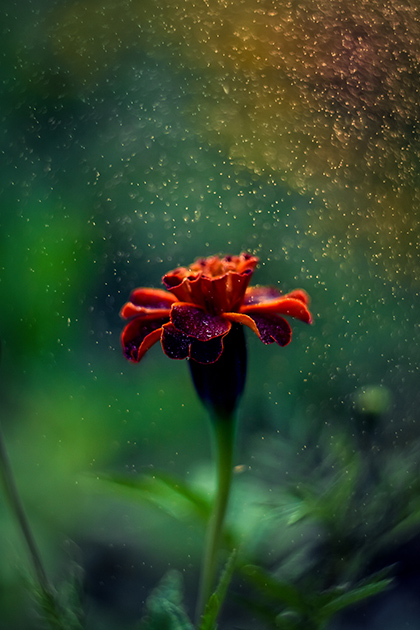
Klaudia combines vintage glass with water mist to give her images an ethereal quality. Nikon D7200, Helios 44-2 58mm f/2, 1/1250sec, ISO 320. Credit: Klaudia Eysymontt
‘I learned about the idea of using vintage lenses on modern cameras from my husband’s brother. I started to read up on them and find examples from photographers already using them, and when I realised that some of the lenses weren’t expensive, I decided to give it a try.
‘Vintage lenses give images an unusual charm. The kind of bokeh they can produce is either very hard to achieve with modern lenses or not possible at all. Sometimes the result is pure magic, even if a photo isn’t perfectly sharp. They fit perfectly for portrait photography because of the shallow depth of field, but what I love is that I can use them to shoot both amazing macro shots and beautiful portraits.
‘Currently, I own three vintage lenses: the Helios 44M-4, Pentacon auto 50mm f/1.8 and Helios 44M-2 with a Petzval effect modification, and I use them all on a Nikon D7200. The Helios 44M-4 was a gift that started my adventure with manual lenses. I have a fondness for it because it belonged to my husband’s father, but I love the results I’ve achieved with it. My favourite, however, is the Pentacon auto 50mm f/1.8 as it produces beautiful colours and bokeh.

Credit: Klaudia Eysymontt
‘The next lenses I plan to buy are the Super Carenar 55mm f/1.4 and Meyer Optik Görlitz Trioplan 100mm f/2.8. They are not expensive but give a lot of possibilities when shooting portraits or nature photography.
‘What I don’t like about vintage lenses is the reflections; pictures taken in full sun are low in contrast and pale. The lack of AF can also be hard, because in some conditions it’s difficult to set the focus manually. Often, I shoot in low, artificial light, which takes lots of patience and concentration. It’s also easy to miss the perfect moment, which is why it’s not really an option to take images of anything that’s moving.
‘The thing I like the most about these lenses is the beautiful bokeh. Some pictures, just because of appropriate exposure, look almost surreal and out of this world. With a little bit of water mist in the air, the results are dreamy. The lenses I use are very bright, which gives me more control over depth of field, and that helps a lot when taking images with sunset light or in rooms with weak artificial light.’
 Instagram @pomazane_foto
Instagram @pomazane_foto
Klaudia Eysymontt is a Poland-based photographer who uses vintage lenses with her Nikon D7200 for portraiture and macro photography
Benjamin Dupont

Swirly bokeh abounds. Canon EOS 6D, Helios 44-2 58mm f/2, 1/2500sec, ISO 400. Credit: Benjamin Dupont
‘I started to use vintage lenses about a year and a half ago. I like the retro look and I used to do a lot of post-processing with filters to achieve it. But I wanted to get out of that – which is why I decided to go for vintage lenses.
‘The first lens I bought was a Helios 44-2, which is a 58mm f/2. It only cost me $30 but I quickly got some good shots with swirly bokeh. I then got the Jupiter 11: a 135mm f/4 Soviet lens, all metal and glass. F/4 isn’t that wide if you want bokeh, but the sharpness is incredible. I could see the tiniest hair on my son’s cheek when I zoomed into the image.
‘I bought the Olympus OM Zuiko 28mm f/3.5 and, more recently, the Super-Takumar 55mm f/1.8. If I had to keep one lens, it would be the latter. It doesn’t have the swirly bokeh of the Helios 44-2, but in terms of colour rendition, sharpness and contrast, it’s one of the best.

The Jupiter 9 partnered with Ben’s Canon EOS 6D DSLR. Credit: Benjamin Dupont
‘Vintage lenses have the sort of characteristics that were once seen as defects. Modern lenses don’t have such defects – and you can’t reproduce them without post-processing. But since I switched to vintage lenses I rarely use Photoshop, perhaps only for small contrast adjustments.
‘You can find very decent vintage lenses for about $20 if you’re lucky, but you have to know what to look for. It doesn’t always need to be in excellent condition; you should pay attention to fungus, although this is common, and avoid deeper scratches on the rear element. The lenses I’ve found easiest have the M42 mount; I just bought an M42-to-EOS adapter for $1 on eBay.
‘The only downside I’ve found with vintage lenses is that you can’t see which lens or aperture you’ve used within the EXIF data, but I can recognise which is which from their character.’
 Instagram @benbdphoto
Instagram @benbdphoto
Benjamin is a self-taught French photographer based in Bangkok, who owns more than 20 vintage lenses and uses them on his Canon EOS 6D
Dennis Grailich
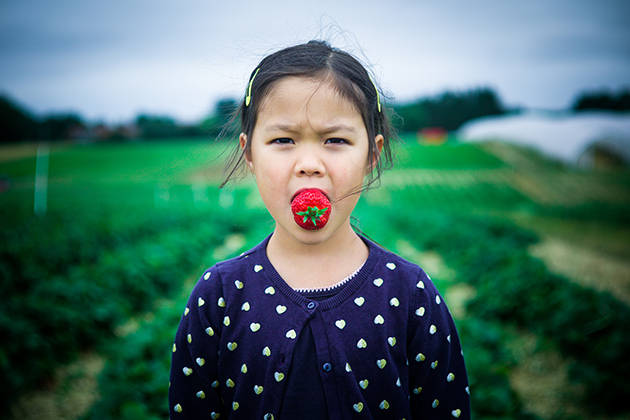
Dennis favours the M-E and Summicron 50mm f/2 lens Leica M9, Summicron 50mm f/2, 1/1500sec at f/3.4, ISO 250. Credit: Dennis Grailich
‘I bought my first real camera when I was ten – a Minolta X-300. Somewhere around 2000 I bought a Nikon F80 and then the Nikon D1, before buying the D2x, D3 and the D4 that I use today.
‘At the same time when I bought the D1, I found some great deals on really good medium-format cameras and lenses: two nearly mint Rolleiflexes for less than e100 each, and an East German Pentacon Six, which had a wonderful “zebra” Carl Zeiss Jena Biometar 2.8/80 on it. When I was longing for a macro lens for my digital Nikon bodies, I stumbled over a Russian-made adapter for those Pentacon lenses to the Nikon F mount. I added some (back then) cheap distance rings to the Biometar lens – and suddenly I had a wonderful macro lens.
‘The lens that gets most use on my Nikon D4 is the Carl Zeiss Jena DDR Sonnar 2.8/180. At 1.1kg it’s really heavy, and the depth of field wide open is razorblade-thin, so focusing is an issue. But when you get it, it nails it – even wide open at f/2.8. Shooting in black & white, you don’t have to worry about your background – the wonderful bokeh will take care of that. Shooting in colour, you get a great tonality that is not at but pastel-like. It’s such a great lens for portraits, and taught me that I like lenses that add some character.

The Leica Summicron 50mm f/2 on Dennis’s Leica M-E. Credit: Dennis Grailich
‘Some people try to add that in Lightroom when shooting with modern lenses, but I’m lazy, so I add those effects by choosing a vintage lens. That’s why a modern Leica Summicron-M 50mm f/2 only stayed on my Leica M-E for a few months. I sold it and found a 1955 collapsible Summicron 50mm f/2 in mint condition in a local camera shop for a fraction of the price of the current-generation one and I’m much happier with the results. This is the one lens that does it all for me on a Leica, be it on digital or on my film M7.
‘And for those days when I want lot of character, I use the 1939 Summar 2/50 with its swirly bokeh from my Leica IIIf and have some fun. Most of the time I try to avoid lens are, which can be an issue with those single-coated lenses. Although one day I really wanted some are in my pictures I found that it was harder to provoke are than to avoid it!’
 Instagram @dennisgrailich
Instagram @dennisgrailich
Born in the analogue age in northern Germany, Dennis Grailich is a psychologist by profession and an enthusiast photographer
Dominik Vanyi
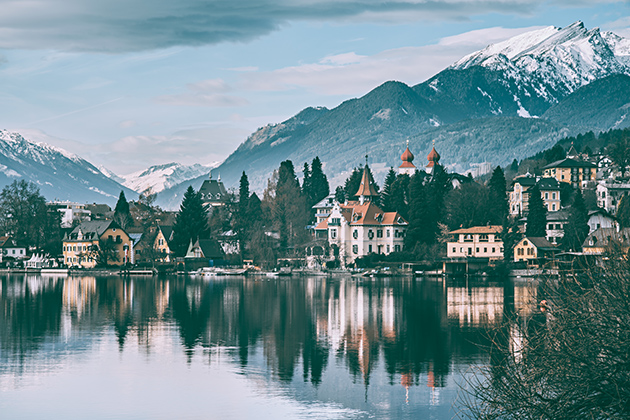
The Jupiter 135mm f/4 is one of many lenses Dominik uses on his travels Sony A7R II, Jupiter-37A 135mm f/3.5. Credit: Dominik Vanyi
‘I started using vintage lenses in 2016. After shooting with Canon DSLRs for ten years, I wanted to know what mirrorless was all about, so I bought a Sony Alpha 7R II.
‘I came across an online video of someone using a manual-focus Mitakon 50mm f/0.95, also known as the Zhongyi – and that was enough to catch my attention. I bought a manual-focus lens and fell in love. My first was the Helios 44-2 – probably the most common vintage lens. I now have many more, including six Jupiter lenses, three Canon FD lenses and both the Industar 50 – 50mm f/3.5 and Industar 69 – 28mm f/2.8 lenses. I use them over two Sony A7R II bodies. I tend to find my lenses on eBay and Taobao, which is the Chinese equivalent of eBay.
‘One thing that surprised me was the colour rendering of these lenses; you get warmer tones and slightly different colours. My Helios lenses have partially swirly bokeh that I find appealing, and while some people don’t like lens are, I love it as a style element in my photography. But I would caution anyone looking at the Jupiter 85mm and 135mm lenses, as they might find the are a little too strong.

Dominik’s much-loved Helios 40-2. Credit: Dominik Vanyi
‘I like my vintage lenses because of their flaws and shortcomings – because they’re not technically perfect and that’s what gives them their character. I photograph a lot of my travels with vintage lenses and I also shoot weddings exclusively with them, although if I were to get a commercial assignment where sharpness across the frame was paramount, I wouldn’t use one.
‘By and large, any issues with these lenses are minor. Manual focus could be considered to be a challenge, but it just slows me down, which means I can think more about what I photograph and how to photograph it. One thing that caught me by surprise is that, especially with the Helios and Jupiter lenses, the minimum focusing distance is much longer than usual. For portraits with the 50mm, 85mm or 135mm lenses, this is something that takes getting used to, but it’s not something I would call a real problem.’
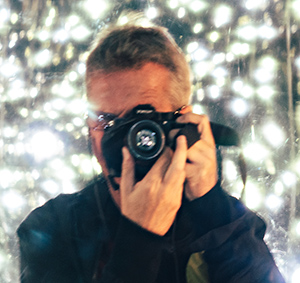 Instagram @dominikvanyi
Instagram @dominikvanyi
Dominik Vanyi is a professional photographer living and working in Bali, Indonesia. Three years ago he discovered the magic of vintage lenses and since then he has shot almost exclusively with vintage glass









